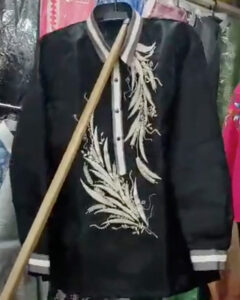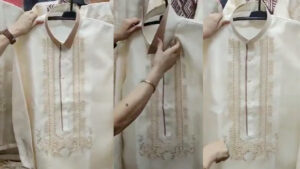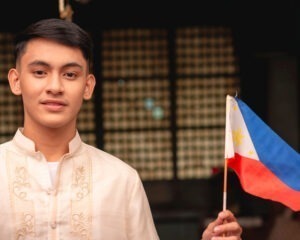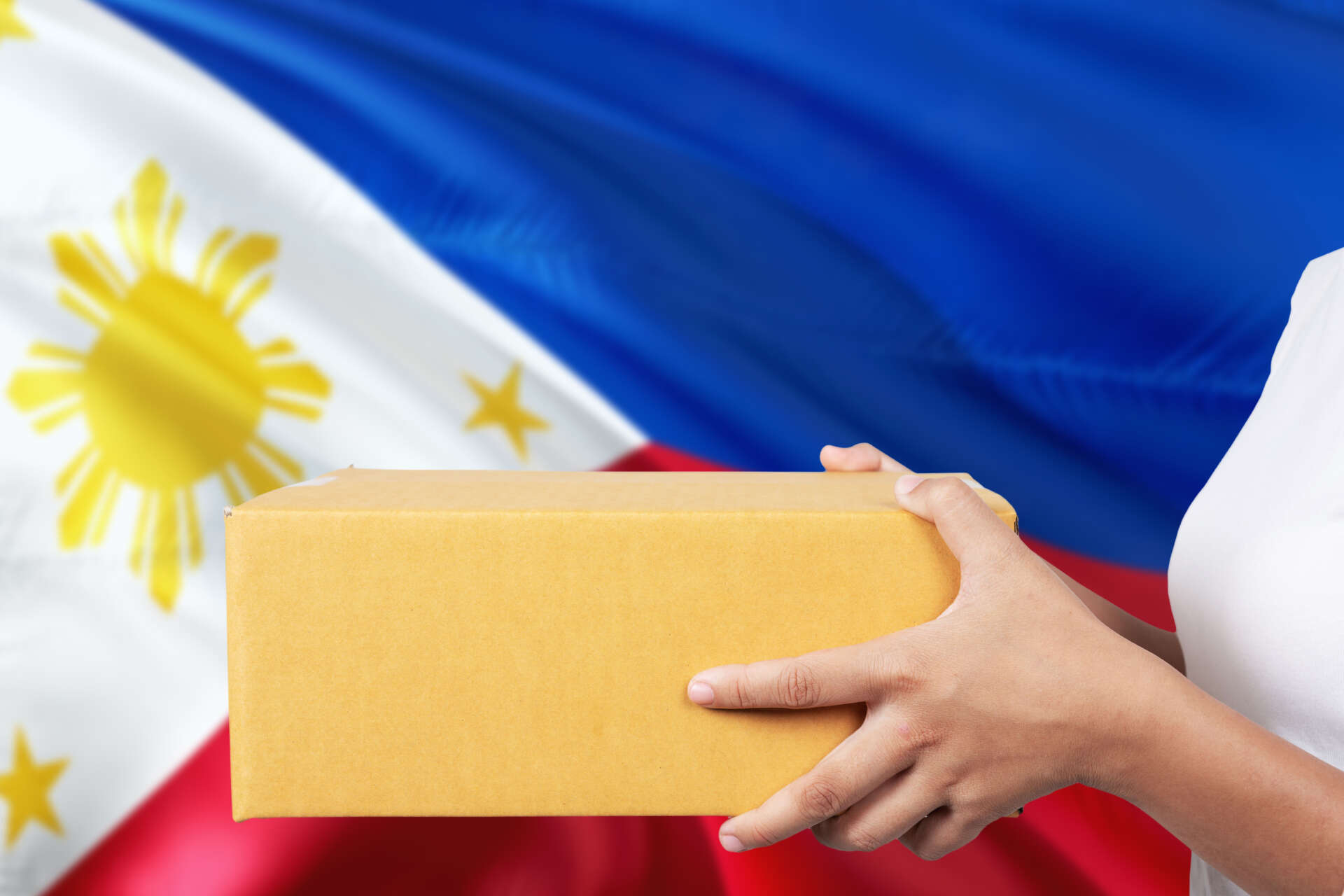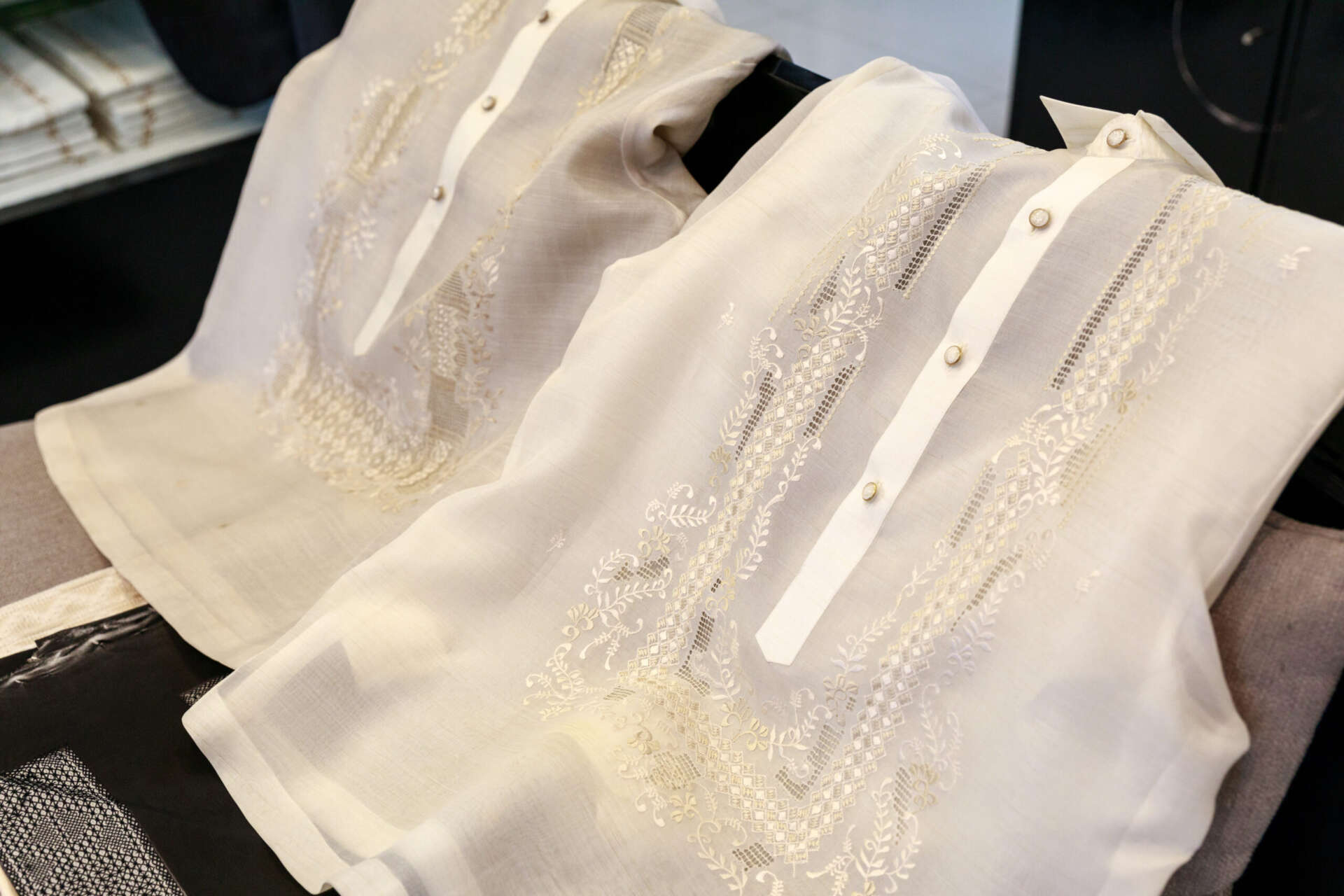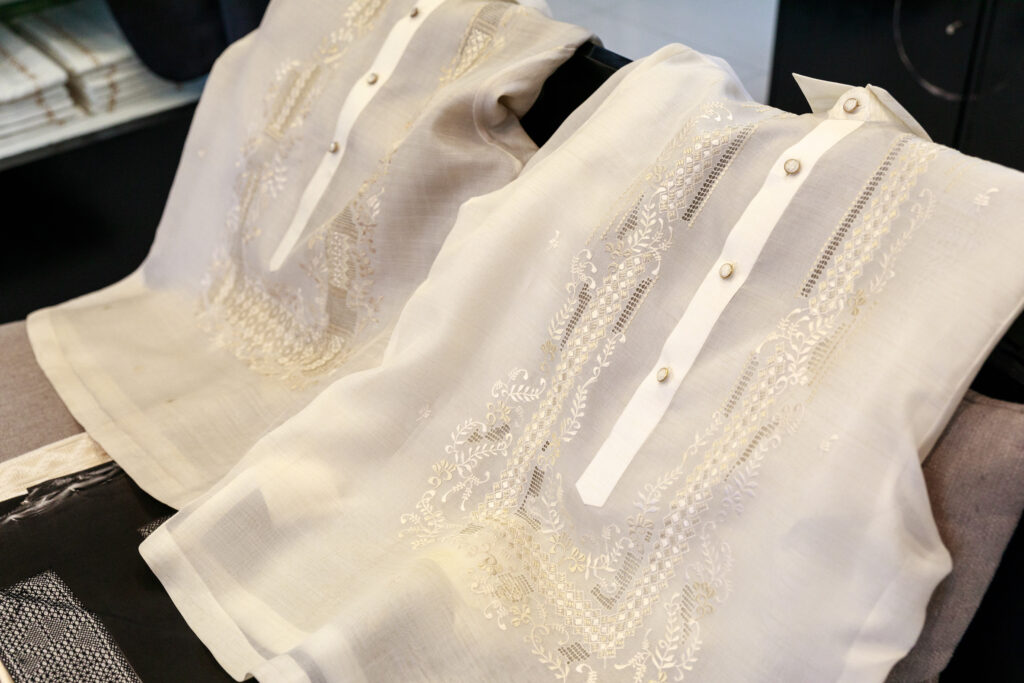Category: Filipino Clothes and Customs Tutorials
Filipino Clothes and Customs Tutorials: Unravel the Tapestry of Tradition – Step into the vibrant world of Filipino clothing and customs with our enriching ‘Filipino Clothes and Customs Tutorials’ blog category. Immerse yourself in the unique and captivating traditions of the Philippines as we guide you through the art of donning traditional attire and embracing age-old customs.
Learn the intricate details behind iconic Filipino garments such as the elegant Barong Tagalog and the graceful Filipiniana. Our comprehensive tutorials provide step-by-step guidance, allowing you to appreciate the symbolism and history woven into each thread of these culturally significant pieces. Discover the art of accessorizing, with insight into traditional jewelry and adornments that add a touch of elegance and cultural flair to every ensemble.
Beyond clothing, dive into the rich tapestry of Filipino customs and traditions that are deeply rooted in the nation’s history and folklore. Our tutorials offer a window into the enchanting world of Philippine festivities, wedding rituals, and other joyous occasions. Learn about time-honored practices passed down through generations, and understand the significance of each custom in shaping the Filipino way of life.
As we traverse the customs, we also embrace the spirit of DIY (Do-It-Yourself) projects, allowing you to get hands-on and create your own pieces inspired by Filipino culture. From crafting traditional decor to learning the art of Filipino dance, our tutorials empower you to connect with the heart of Filipino heritage and express your appreciation for its richness.
Whether you’re preparing for a cultural event, seeking to understand your Filipino roots, or simply fascinated by the beauty of diverse traditions, our ‘Filipino Clothes and Customs Tutorials’ blog category is your gateway to embracing the charm and allure of the Philippines. Join us on this cultural expedition as we celebrate the beauty of Filipino clothing and the timeless customs that have shaped this remarkable nation.
Filipiniana Dress Modern to Traditional
Exploring the Diverse Types of Filipinianas Dress Modern to Traditional
The Filipiniana dress modern to traditional has a wide array of styles, with its enchanting allure and rich cultural heritage, which is a testament to the timeless beauty of Filipino fashion. Throughout history, this traditional ensemble has undergone various transformations, resulting in a plethora of captivating styles that capture the essence of the Philippines’ diverse regions and influences. Let’s embark on a journey through the enchanting world of Filipinianas and discover the different types that make this attire so special.
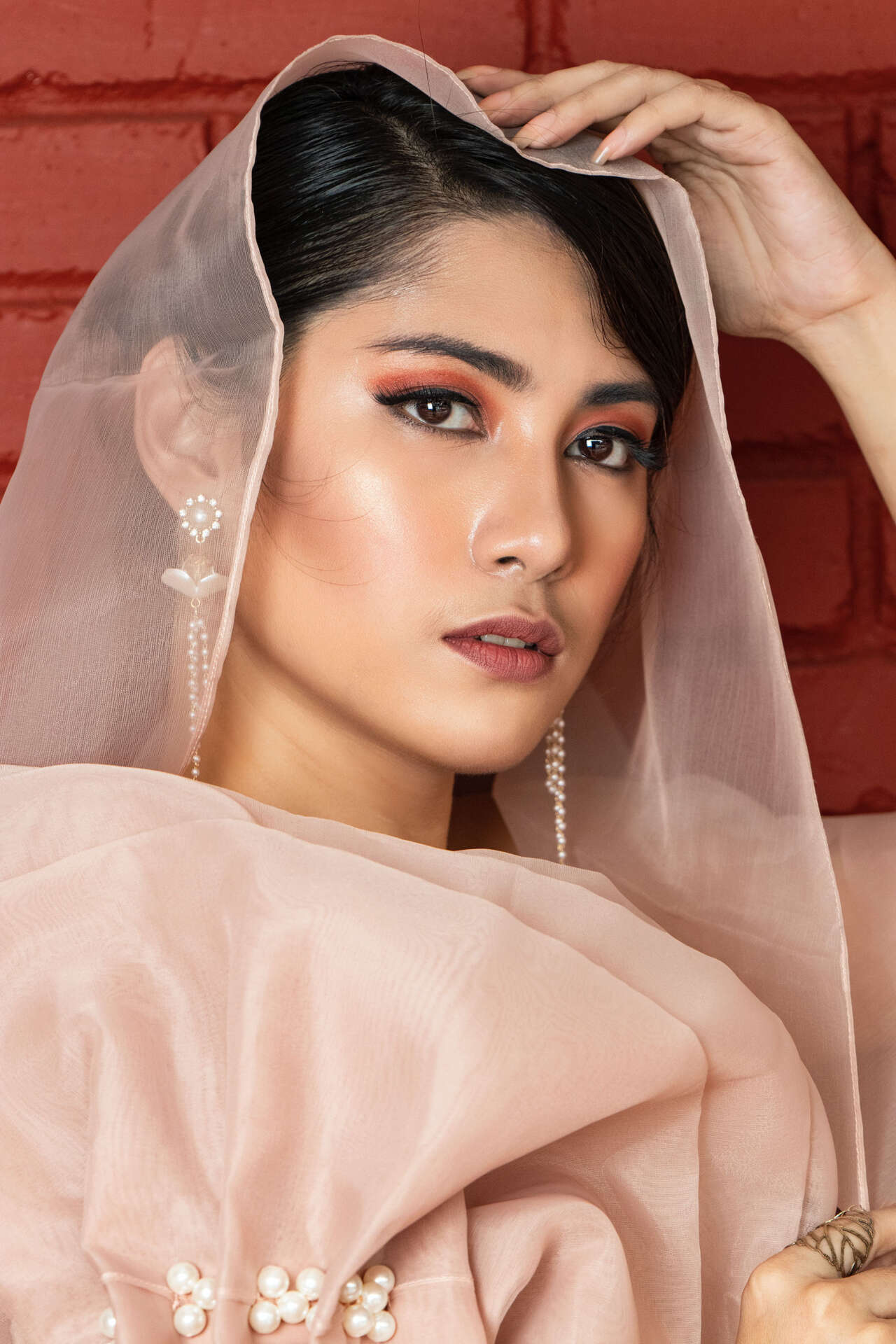
Terno: The Iconic Butterfly Sleeves
No discussion of Filipinianas is complete without mentioning the iconic terno. Known for its distinctive butterfly sleeves that gracefully extend from the shoulders, the terno is a symbol of elegance and sophistication. This type of Filipiniana has its origins in the Spanish colonial era but has evolved over time, showcasing various sleeve lengths, fabrics, and intricately embroidered patterns. The terno is often the attire of choice for formal events, weddings, and high-profile gatherings, representing the epitome of Filipino grace.
Maria Clara: A Nod to the Past
The Maria Clara Filipiniana, also referred to as “baro’t saya,” pays homage to the pre-colonial era. It comprises a baro (blouse) adorned with delicate embroidery and a saya (skirt) with intricate patterns. The Maria Clara ensemble reflects the fusion of native Filipino aesthetics with Spanish influences, creating a captivating and timeless look. This type of Filipiniana is often worn during cultural celebrations and traditional events, exuding a sense of historical charm.
Mestiza Dress: Filipiniana Dress Modern Fusion
The Mestiza Dress is a modern iteration of the Filipiniana, blending traditional elements with contemporary style. This type of Filipiniana often features a fusion of fabrics, combining indigenous materials like piña or jusi with modern textiles. The Mestiza Dress strikes a balance between elegance and comfort, making it suitable for both formal occasions and casual gatherings. With its versatility and adaptability, the Mestiza Dress has become a popular choice for modern Filipino women seeking to embrace their heritage.

Kimona and Patadyong: Visayan Heritage
The Visayan region of the Philippines boasts its unique Filipiniana styles. The Kimona, a loose-fitting blouse, is often paired with the Patadyong, a tube skirt characterized by its vibrant colors and intricate patterns. This combination showcases the vibrant and festive spirit of the Visayan culture, reflecting the region’s love for vibrant hues and elaborate embroidery. The Kimona and Patadyong are commonly worn during local festivals and cultural events, presenting a beautiful fusion of tradition and celebration.
Mindanao-inspired Malong Dress
From the island of Mindanao comes the Malong Dress, which embraces the versatile malong fabric. The malong is a tubular cloth with bold and vivid patterns, traditionally used by various ethnic groups in Mindanao. The Malong Dress creatively transforms this fabric into a chic and stylish ensemble, offering a unique and eye-catching twist on the classic Filipiniana. With its comfortable and flowing design, the Malong Dress celebrates the beauty of Mindanao’s cultural heritage.
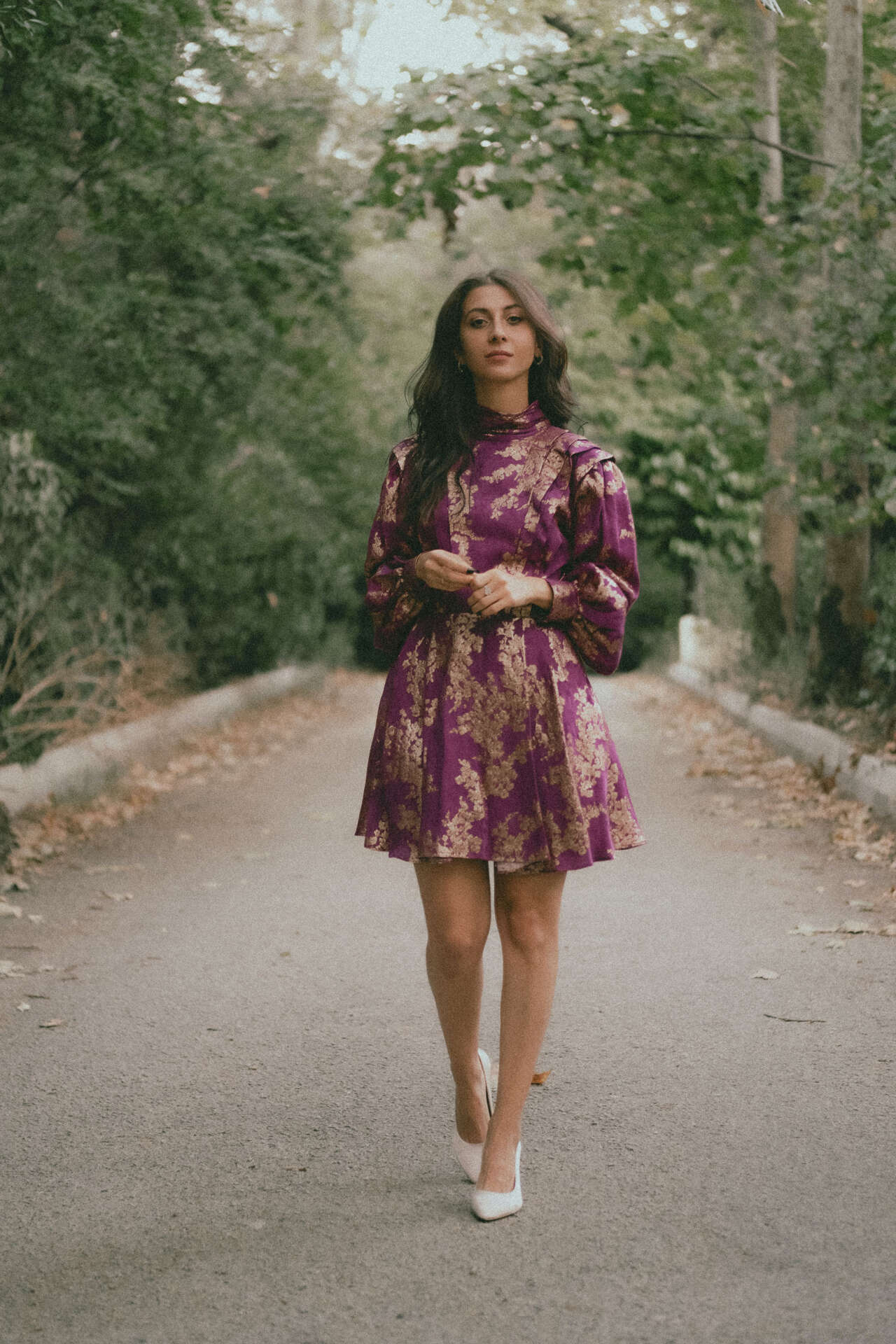
Conclusion: An Endless Tapestry of Filipino Dress Modern to Traditional Elegance
The diverse types of Filipinianas, each with its unique characteristics and cultural influences, weave together a tapestry of Filipino elegance and heritage. From the iconic terno’s butterfly sleeves to the colorful Kimona and Patadyong of Visayas, and the modern fusion of the Mestiza Dress, every Filipiniana tells a story of history, artistry, and pride.
As Filipinos embrace their cultural identity through these exquisite ensembles, the Filipiniana continues to evolve, reflecting the nation’s ever-changing landscape while preserving the essence of its vibrant past. Whether worn for formal occasions, traditional celebrations, or everyday fashion, the Filipiniana stands as a testament to the enduring charm and elegance that define Filipino fashion and the timeless spirit of the Filipino people.
Filipiniana Traditions
Filipiniana Traditions: Weaving the Threads of Cultural Heritage
Filipiniana traditions are an exquisite tapestry of customs and practices that reflect the rich and diverse cultural heritage of the Philippines. Through generations, these cherished traditions have become an integral part of Filipino life, celebrating the nation’s history, values, and identity. Let’s unravel the vibrant fabric of Filipiniana traditions and discover the beauty and significance they hold.
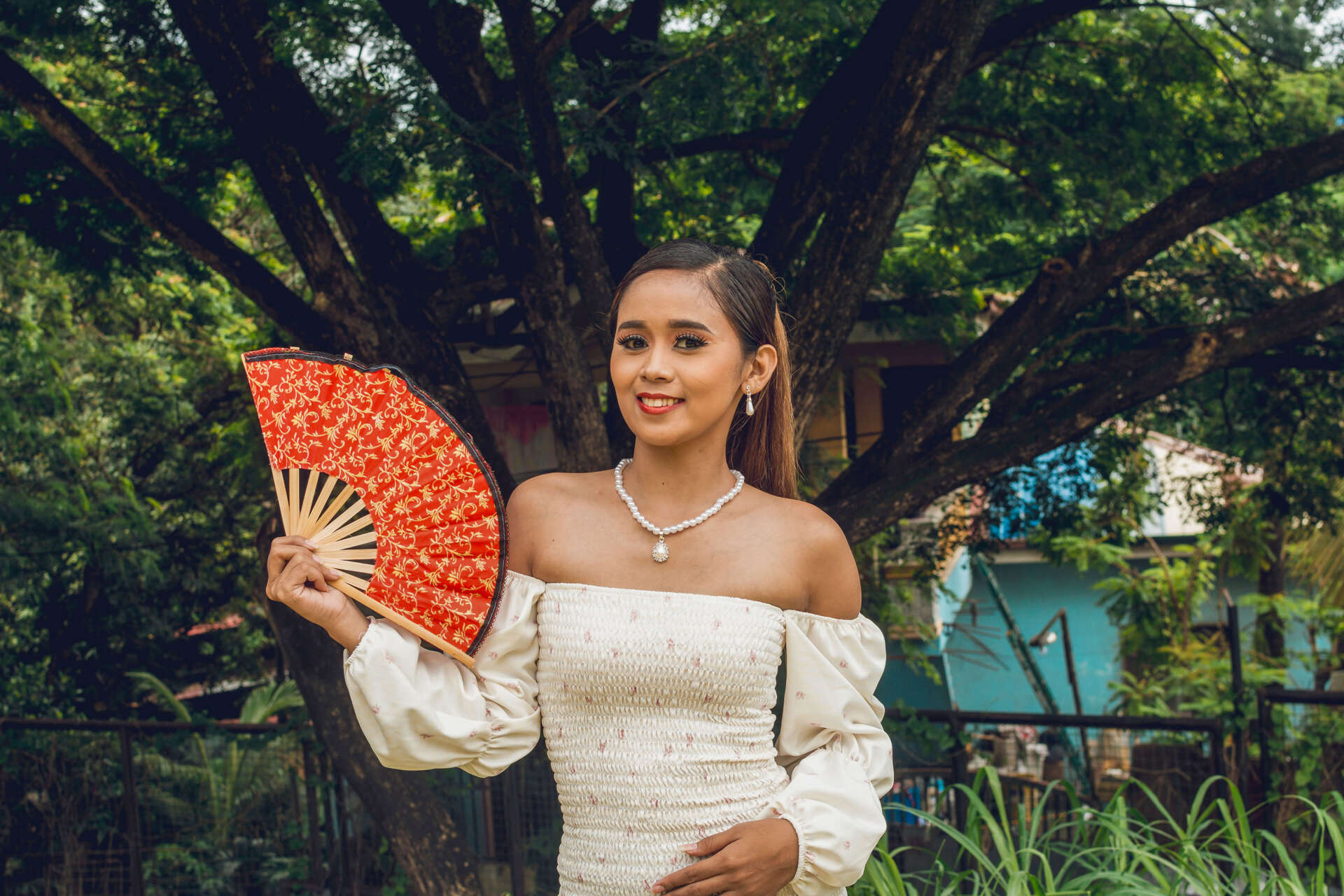
Flores de Mayo: A Floral Filipiniana Extravaganza
Flores de Mayo, or the “Flowers of May,” is a cherished Filipino tradition celebrated throughout the entire month of May. This religious and cultural event pays homage to the Virgin Mary and honors her with colorful and elaborate floral offerings. Young women and girls, dressed in their finest Filipiniana attire, participate in processions and parades, carrying ornate bouquets and delicately woven garlands. Flores de Mayo showcases the Filipinos’ deep devotion and appreciation for the beauty of nature, artistry, and spirituality.
Santacruzan: A Graceful Filipiniana Pageant
Santacruzan is a grand pageant held in May, typically towards the end of the Flores de Mayo celebrations. This tradition commemorates the discovery of the Holy Cross by Empress Helena, the mother of Constantine the Great. The event features a procession of young ladies, each representing a biblical character or a religious figure, elegantly dressed in their finest Filipiniana gowns and carrying symbolic attributes. The Santacruzan embodies grace, beauty, and faith, creating a spectacle that unites communities and strengthens religious ties.

Barrio Fiesta: The Heart of Community Bonding
The Barrio Fiesta is a beloved Filipino tradition that brings communities together to celebrate their local culture and heritage. This fiesta typically takes place during town or village festivals, where residents showcase their talents, culinary delights, and vibrant Filipiniana costumes. The festivities include traditional dances, music performances, and colorful parades that depict the richness of Filipino art and culture. The Barrio Fiesta fosters a sense of camaraderie and unity, creating memories that last a lifetime.
Pahiyas Festival: A Feast for the Senses
The Pahiyas Festival celebrated in the town of Lucban in Quezon province, is a splendid display of artistry and gratitude for a bountiful harvest. Homes are adorned with colorful rice wafers, kiping, and an array of fresh fruits, vegetables, and native products. Filipiniana costumes are proudly worn by locals as they participate in lively street dances and processions, expressing their appreciation for nature’s bounty. The Pahiyas Festival is a visual feast that captures the essence of Filipino creativity and agricultural traditions.
Filipino Weddings: Embracing Tradition and Love
Filipino weddings are steeped in tradition and cultural customs that highlight the unity of two families. The bride often wears a Filipiniana-inspired gown, embracing the elegance of traditional styles like the terno or Maria Clara. The Barong Tagalog, worn by the groom, exudes sophistication and respect for Filipino heritage. During the wedding ceremony, coins, candles, veils, and cords are used to symbolize unity, prosperity, faith, and the everlasting bond of love. Filipino weddings celebrate not only the love between the couple but also the importance of family and community support.

Conclusion: Embracing the Colors of Filipino Heritage
Filipiniana traditions are a kaleidoscope of colors, each representing a unique facet of Filipino identity and culture. These cherished customs serve as a tapestry that weaves the threads of history, artistry, and spirituality into the fabric of Filipino life.
As Filipinos partake in the joyous festivities of Flores de Mayo, Santacruzan, Barrio Fiesta, Pahiyas Festival, and weddings, they celebrate the beauty of their homeland and the shared bonds of their communities. These traditions are not only a reflection of the past but also a promise to preserve and pass on the vibrant heritage to future generations.
Through the celebration of these timeless customs, Filipiniana traditions keep the spirit of the Philippines alive, instilling a sense of pride in being part of a nation with a rich cultural legacy. As Filipinos continue to embrace their colorful traditions, they form an unbreakable connection to their roots and the essence of being Filipino – a people united by a shared history, customs, and love for their vibrant and diverse homeland.
Filipiniana History: Tracing the Evolution
Unveiling the Story of Filipiniana History: Tracing the Evolution of Traditional Clothing
Embark on a captivating journey through the annals of time as we delve deep into the captivating history of Filipiniana, a traditional attire that has etched its legacy in the tapestry of Filipino culture.
A Glimpse into Filipiniana History
The roots of Filipiniana history extend back to the pre-colonial era, where ingenious early Filipinos expertly crafted garments from indigenous materials like piña, abaca, and jusi. These fabrics were meticulously woven and adorned with hand embroidery, offering a window into the artistry and craftsmanship of our ancestors. These garments, designed to be loose and flowing, perfectly suited to the tropical climate, embodying the seamless blend of functionality and aesthetics.
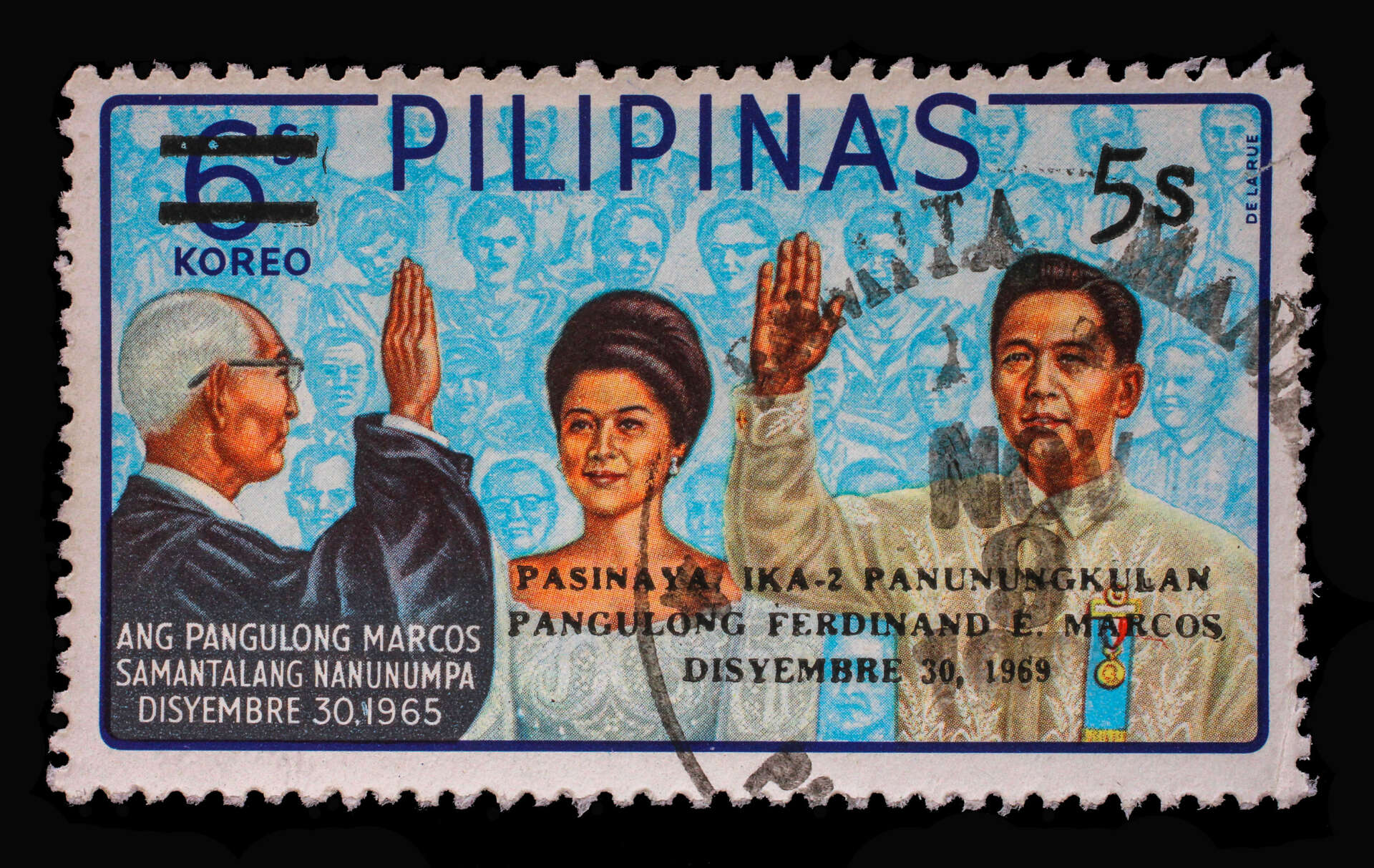
Spanish Influences and Evolving Silhouettes
The arrival of Spanish colonizers during the 16th century marked a pivotal moment in the history of Filipiniana. Traditional clothing took on Spanish elements, giving birth to the iconic terno—a distinct ensemble famed for its butterfly sleeves. Initially known as the “Maria Clara” dress, this design emerged as an embodiment of grace and femininity. As time unfolded, the terno underwent metamorphosis, embracing changes in sleeve shapes, lengths, and fabric selections that mirrored the shifting preferences and influences of the era.
Filipiniana in Colonial Times: An Essential Part of Filipiniana History
Throughout the expanse of the Spanish colonial period, Filipiniana history played an integral role in formal gatherings and festivities. Women adorned themselves in exquisitely embroidered baro’t saya, a combination of a baro (blouse) and a saya (skirt). These elaborate embroideries featured delicate patterns and floral motifs, all meticulously handcrafted by skilled artisans. As women from diverse social strata donned their personalized renditions of the baro’t saya, this ensemble metamorphosed into a symbol of cultural pride and societal identity.
The Golden Age of Terno and Its Place in Filipiniana History
The mid-20th century witnessed the zenith of the terno’s popularity, propelling it to the forefront of the global fashion scene. The influential First Lady, Imelda Marcos, renowned for her refined style, championed the terno as an emblem of elegance. She elegantly showcased its versatility and allure on international platforms, garnering admiration and acclaim worldwide. The terno, adorned with its signature butterfly sleeves, became synonymous with Filipino sophistication and poise.

Revival and Modern Renaissance: Reconnecting with Filipiniana History
In recent decades, Filipiniana history has experienced a resurgence of interest. Filipino designers and artisans have breathed new life into traditional ensembles, fusing contemporary elements with the essence of cultural heritage. The Filipiniana has transcended boundaries, emerging as a favored choice for weddings, special events, and even global runways. Contemporary adaptations, including modern terno tops paired with trousers or skirts, seamlessly integrate this attire into everyday wear.
Sustaining Cultural Heritage
As the journey of Filipiniana history unfolds, it remains a potent expression of Filipino identity and cultural heritage. It stands as a testament to the intricate tapestry of our past, weaving together indigenous origins with influences shaped by centuries of cross-cultural interactions. The Filipiniana signifies more than an appreciation for beauty and fashion; it represents a deep connection to our shared history and a commitment to preserving our legacy for generations to come.
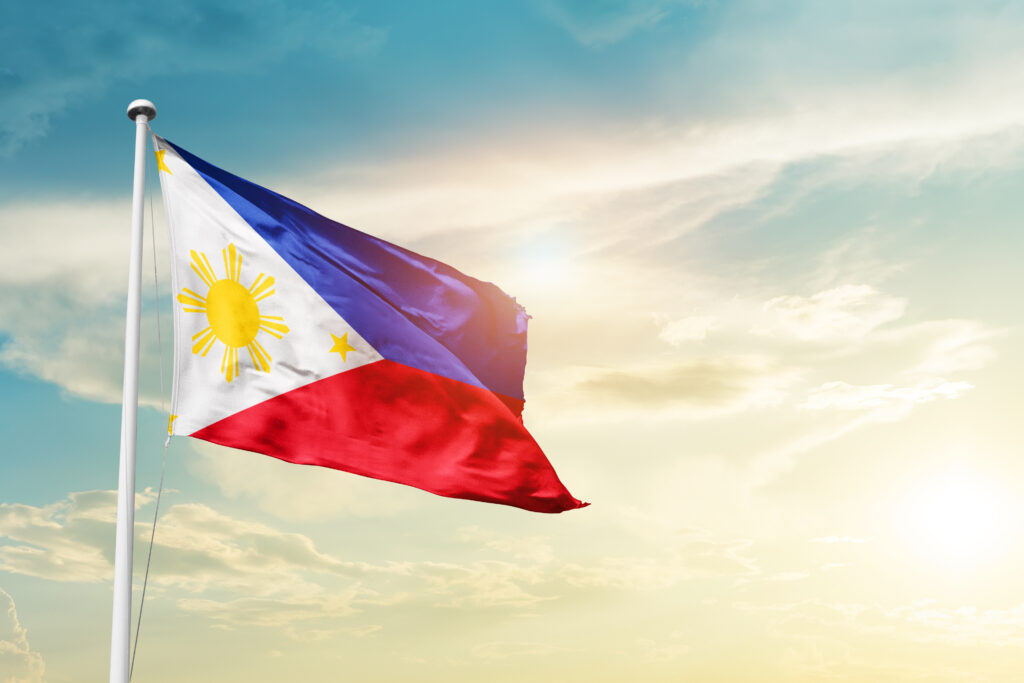
Conclusion: Embracing the Essence of Filipiniana
The Filipiniana transcends being a mere fashion statement; it encapsulates a celebration of our collective identity and heritage. From its humble beginnings in pre-colonial times to its contemporary revival, the Filipiniana continues to capture hearts with its enduring elegance and cultural significance.
As we wholeheartedly embrace these resplendent ensembles, we honor the remarkable craftsmanship and artistry of our forebearers. Embracing the essence of Filipiniana serves as a profound tribute to our history, a tribute to our roots, and an inspiration for a future where the timeless allure of Filipino culture flourishes. Beyond garments, the Filipiniana embodies the indomitable spirit and grace of the Filipino people.

